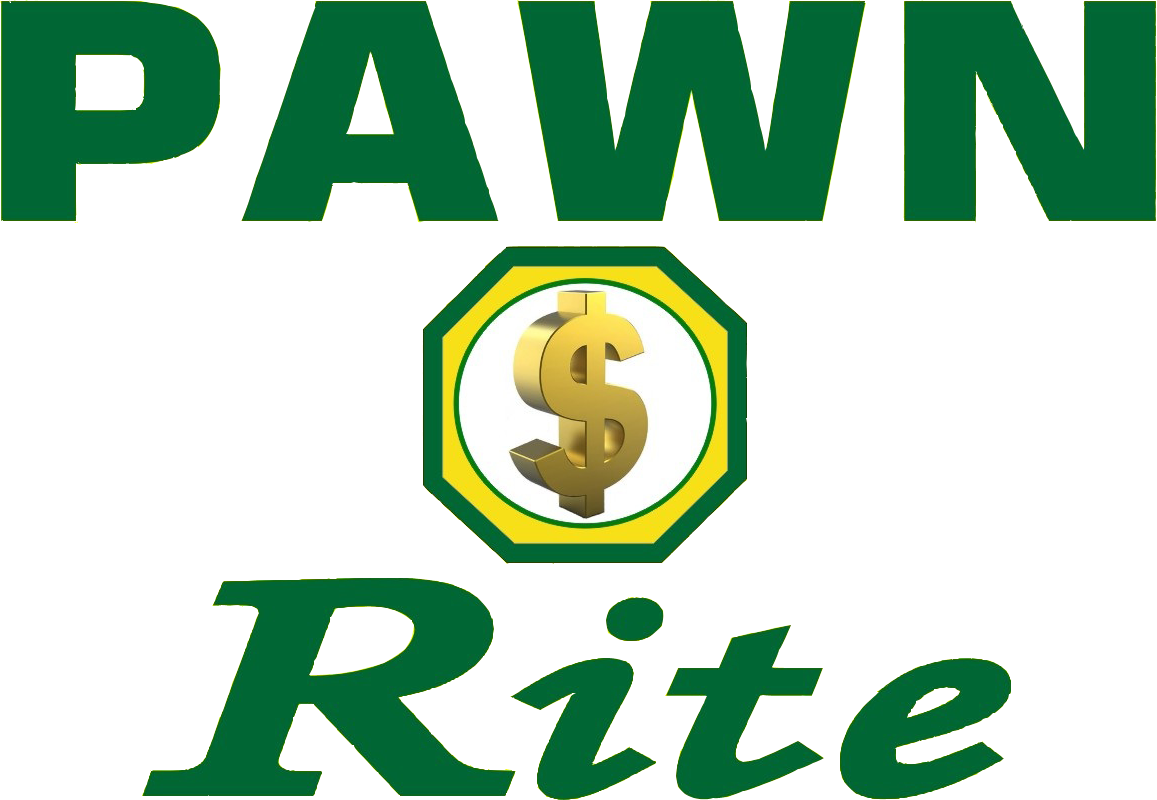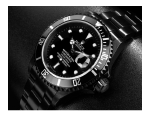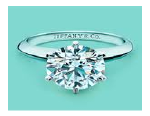
-
877.456.7296
- WE BUY / WE PAWN, GOLD & ELECTRONICS AT HIGHEST PRICE
- MOST CONVENIENT PAWN SHOPS. OPEN EARLY, CLOSE LATE. 7 DAYS A WEEK
How does a pawn shop work?
Pawnbrokers lend money on items of value ranging from gold and diamond jewelry to household items, musical instruments and more. Items such as jewelry maintain their value over a reasonable period of time. Items like computers and electronics lose value over time much quicker. Customers provide collateral, eliminating the need to distinguish high-risk from low-risk borrowers.
Typically, loans are small but can reach as high as several thousand dollars or more depending on the value of the collateral. Contracts vary from state to state, but the average loan period is 90 days. In New York State, it is four (4) months. Interest rates will vary from state to state. In NYS, we are only allowed to charge 4 percent per month. Plus we charge, by law, a nominal x-care and ticket writing fee. Contact Pawn Rite for specific information on fees.
The process is much the same as other lending institutions, with the primary difference being the size of the loan, the collateral and the holding of the merchandise until the interest or the loan has been repaid.
So what actually happens when you walk into a pawn shop?
Most pawnbrokers deal largely in gold jewelry, while we also deal in cameras, musical instruments and other valuable items. Loan consultants take a few minutes to value your item and tell you how much they would be willing to lend on that basis. Many customers find the amount they are offered is larger than they need. There are no credit checks, as your item is our security. Pawn brokering customers must be at least 18 years of age and have valid identification. At the end, you receive cash and a pawn contract, reminding you that the item is legally yours for at least the next four months.
After that period, we are obliged to give you 30-day final notice to pay off your loan and reclaim your goods, or extend the loan by paying the interest owed. If you fail to reclaim your item, we will have to foreclose on the loan.
Why would someone go to a pawn shop to get a loan?
WHEN THE BANK SAYS NO Pawn shops offer the consumer a quick, convenient and confidential way to borrow money. A customer receives a percentage of the value the broker believes the collateral would bring in a sale. Although the loan-to-collateral ratio varies over time and across pawn shops, a loan of about 50 percent of the resale value of the collateral is typical. In other words, pawnbrokers feel their loan is "paid in full" at the time it is made. Most states regulate pawn shop interest rates and other charges, such as storage or insurance fees.
What is the foreclosure procedure?
The national average is that 70 to 80 percent of all loans are repaid; at Pawn Rite, our average is 85 to 90 percent. Pawnbrokers offer non-recourse loans, looking only to the item being pledged to recover their investment if the borrower chooses not to repay the loan. It is the choice of the customer to repay the loan.
Do most pawning customers lose their merchandise?
The national average is that 70 to 80 percent of all loans are repaid; at Pawn Rite, our average is 85 to 90 percent. Pawnbrokers offer non-recourse loans, looking only to the item being pledged to recover their investment if the borrower chooses not to repay the loan. It is the choice of the customer to repay the loan.
How can I be sure the merchandise I purchase at a pawn shop isn't stolen?
Less than one percent of all loans are identified as stolen goods. Pawnbrokers work closely with local law enforcement. A customer must provide positive identification to show evidence of the transaction. This information can then be presented to the police department, therefore decreasing the likelihood that a thief would bring stolen merchandise to a pawn shop. It is not in the interest of the pawnbroker to accept potentially stolen merchandise because the police can seize the merchandise and the pawnshop owner would lose the collateral as well as the loaned money.
Are pawn shop rates excessive?
The national average is that 70 to 80 percent of all loans are repaid; at Pawn Rite, our average is 85 to 90 percent. Pawnbrokers offer non-recourse loans, looking only to the item being pledged to recover their investment if the borrower chooses not to repay the loan. It is the choice of the customer to repay the loan.
Where did the pawnbroker's symbol originate?
The universal symbol of pawn broking is three gold balls and is one of the most easily recognized in the world. The Medici family in Italy along with the Lombards in England were pawnbrokers in Europe. Legend has it that one of the Medicis in the employ of Emperor Charles The Great fought a giant and slew him with three sacks of rocks. The three balls or globes later became part of their family crest, and ultimately, the sign of pawn broking.
Pawnrite on Instagram
- 1258 Broadway, Brooklyn, NY 11221
- 8215 Flatlands Ave Brooklyn, NY 11236
- 560 Remsen Ave Brooklyn, NY 11236
- 9514 4th Ave Brooklyn, NY 11209
- 2084A Linden Blvd Brooklyn, NY 11207
- 1163 Utica Ave Brooklyn, NY 11203
- 2209 Church Ave, Brooklyn NY 11226
BROOKLYN - LOCATIONS
- Calender
- Coupon
- Special
- Referral
- Buy Electronics
PROMOTIONS
- F.A.Q
- Privacy
- Terms and conditions







